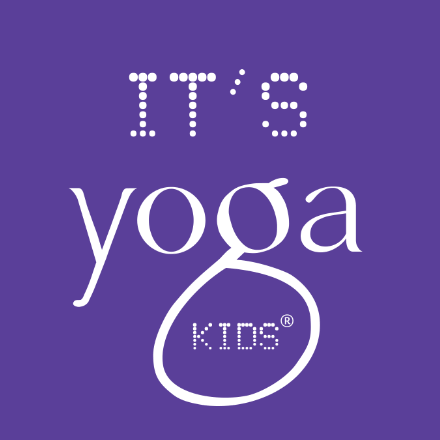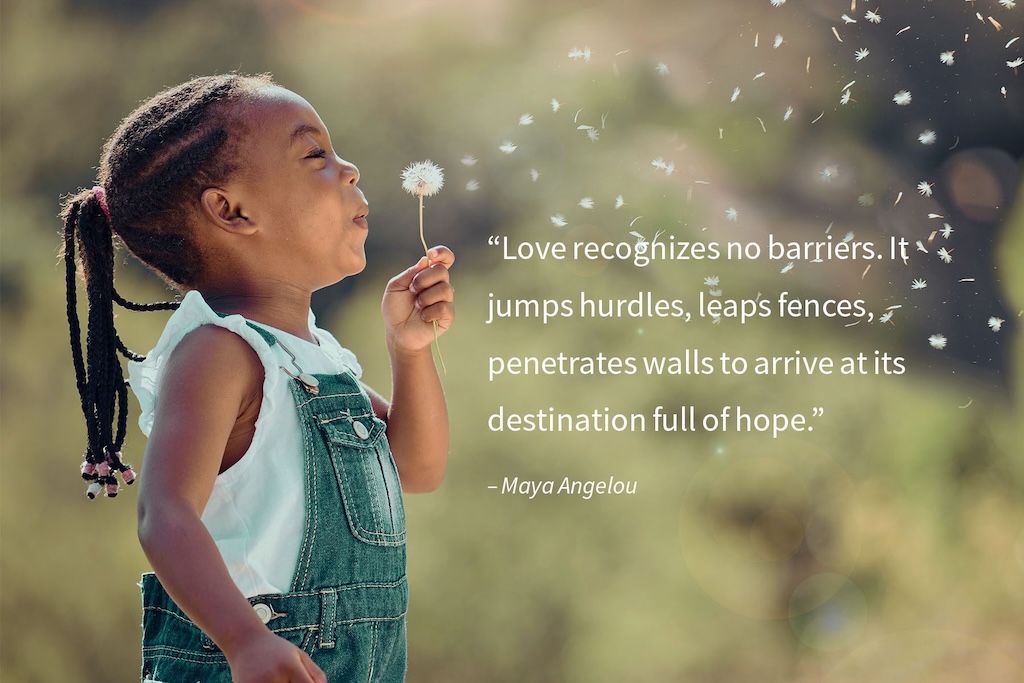
Press PLAY to listen to this post.
Marching into Women's History Month, this is a time to honor the indomitable spirit, achievements, and contributions of women throughout history and in modern society. It's also a time to empower the next generation, including young girls, to recognize their potential and celebrate their uniqueness. One powerful way to do this is through the practice of yoga, which fosters physical health and nurtures emotional well-being.
Educators, parents, and caregivers have a unique opportunity to introduce young minds to influential women who have made a significant impact in various fields. Incorporating stories of women trailblazers, scientists, artists, activists, and leaders into yoga sessions can inspire children to recognize their own potential.
Yoga Poses Inspired by Women Icons:
1. Warrior Pose (Virabhadrasana II) - Inspired by Malala Yousafzai, this pose embodies strength, courage, and determination.
2. Tree Pose (Vrksasana) - Inspired by Wangari Maathai, this pose symbolizes balance, growth, and environmental consciousness.
3. Butterfly Pose (Baddha Konasana) - Inspired by Maya Angelou, this pose represents grace, creativity, and inner strength.
4. Mountain Pose (Tadasana) - Inspired by Michelle Obama, this pose embodies poise, resilience, and empowerment.
It's essential to create inclusive yoga spaces that empower all children to foster a sense of belonging. As we celebrate Women's History Month, let's remember the importance of empowering young minds and nurturing their potential.
Through the practice of yoga, children can cultivate physical and mental health, emotional well-being, and self-confidence while learning about influential women who have shaped history. Let's continue to create inclusive spaces where all children feel valued, inspired, and empowered to embrace their individuality and contribute positively to the world. Happy
Women's History Month and happy yoga practicing to all!
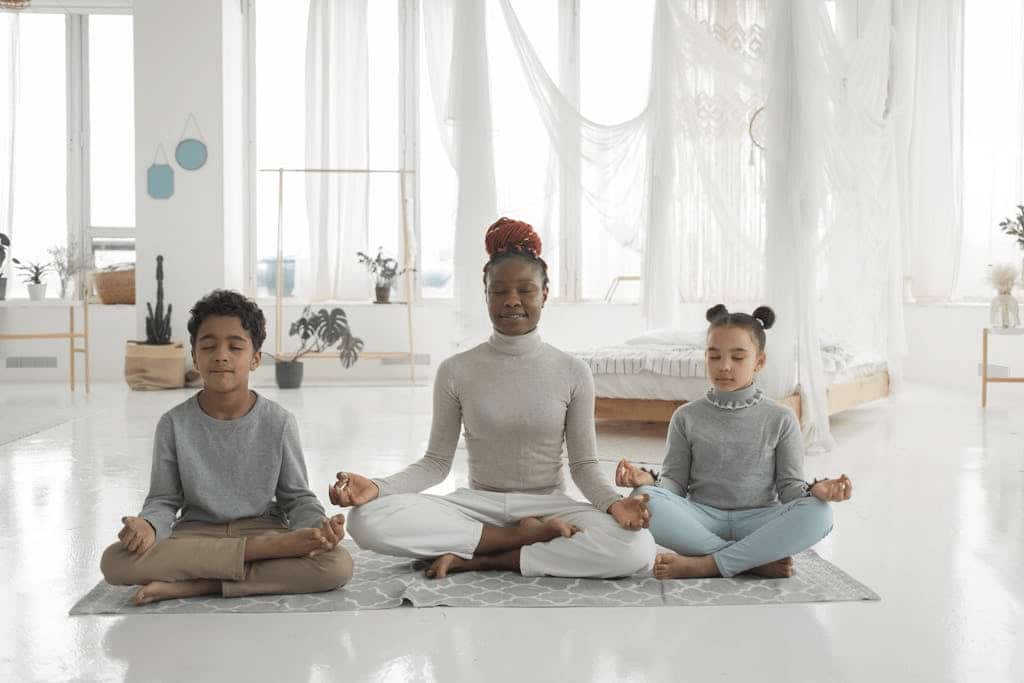
Press PLAY to listen to this post.
Celebrating Black History month in February encompasses the birthdays of two great Americans who played prominent roles in shaping black history, namely Abraham Lincoln and Frederick Douglass, whose birthdays are the 12th and the 14th, respectively.
Leaders come in all colors and sizes. Representation matters because what we see is what we can become. It’s important for children to be exposed to toys and leaders that look like them. It inspires them to become who they want to be from a fire-fighter to a broadcaster, an artist to an entrepreneur, and anything else they can dream of. Mindset practices in yoga can help make dreams come true. But yoga has a diversity problem, and black-owned studios like Black Kids Do Yoga and Black to Yoga are changing that.
The practice of yoga originated over 2,500 years ago in India and was originally designed by men — for men. Yoga has been heavily whitewashed since coming to the United States in the 1920s. It has become a synonymous with thin white women in expensive leggings posing on a beach.
This is NOT yoga. Contrary to popular belief, yoga is not something we even do and certainly not something we wear. Yoga is something to practice and it belongs to everyone because everyone has a body, a mind and a heart. That’s all you need for yoga.
We teach children from all backgrounds from the highest privileged neighborhoods to the most under-resourced areas. It’s fundamental to expose all children to the skills they need to succeed because stress does not discriminate.
Our children are in a mental health epidemic and it’s affecting our families, our friends and our futures. Access to yoga for every child is our mission. We train leaders from all backgrounds all over the world. You can join our team and increase your impact (and your income).
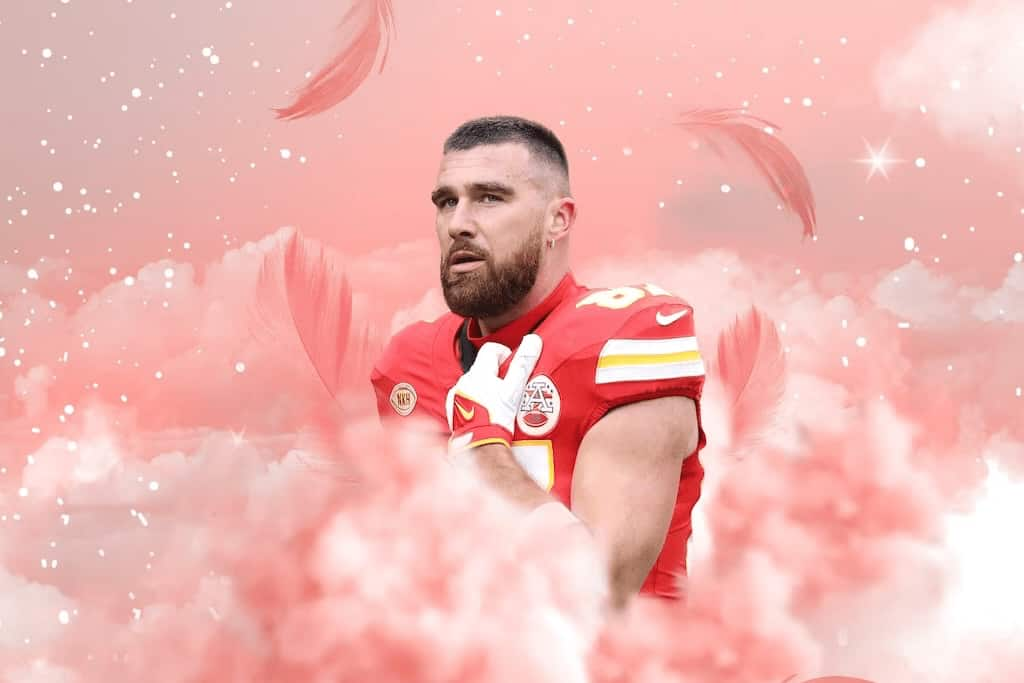
Press PLAY to listen to this post.
It’s President’s week. Who are the leaders of today? What qualities to they embody? Leaders of today and tomorrow may be similar to the past, but with some key adaptations that can make growing up easier for youth.
Parents Are Leaders Children do what we do, not what we say. Co-regulation has become the parenting skill of the day. According to experts, maintaining an infectious state of calm is the single goal from which all other family aspirations can flow. Co-regulation refers to a caregiver managing their own emotional response when a child is upset, and modeling the composure they hope the child will eventually acquire.
Educators Are Leaders Connection determines successful outcomes at school. Connecting with students to achieve learning goals is the number one predictor of student-teacher success. This temporary, yet critical relationship, to achieve learning goals is essential for both parties to feel successful. If a student does not trust a teacher to help them meet their goals, they will actively sabotage the teacher making their life difficult every day!
Coaches are Leaders Soft Jocks are choosing to forgo alpha-maledom and instead embrace sensibilities their teammates might once have decried as “beta.” Safe coaching is essential for youth physical fitness and mental health. Coaches must understand the growing body, it’s risks and limitations and the developing mind in order to develop mental strength. Sports coaches have the power to build resilience and confidence like no other leader can.
Pediatric Professionals Are Leaders Holistic medicine combines modern medicine with ancient wellness practices. The best doctors understand that preventative medicine is the best medicine. Ensuring the basics of children’s health with better sleep, exercise, nutrition and emotional support are what grows healthier and happier kids into young capable and contributing adults.
Teenagers Are Leaders Teenagers are uniquely qualified leaders of young children. Their experience is so close compared to that of an adult. It’s relatable for teens to connect with younger children so both parties benefit. The kids look up to teens because they want to grow up (often too fast). Teens get to re-connect with their playful younger selves and feel a little more care-free. It’s a win-win for everyone.
Artists Are Leaders Music is a huge influence on youth. It’s great to see rapper Lil Jon is turning down his party vibe with a new guided meditation album. HIFI Labs is creating community-based modules to promote better mental health and greater resiliency among artists.
Yogis Are Leaders If you practice yoga you know what it does for your body, mind and heart. You know how it affects your life. You know how you want everyone else (especially teenagers) to experience the same benefits. If you want to transform children’s lives, check out our 8-day leadership and professional development course to learn and teach the High5 Habits that lead to healthier and happier lives.
Leadership is a predictor of success. How we lead our lives every day means we are responsible for our choices, decisions and outcomes. Wise leaders know the future is comprised of strength and compassion, understanding multiple perspectives and creating systematic change from that place. We can learn these skills in yoga. It transfers the success skills of adaptability, resilience and confidence from the mat into everyday life.
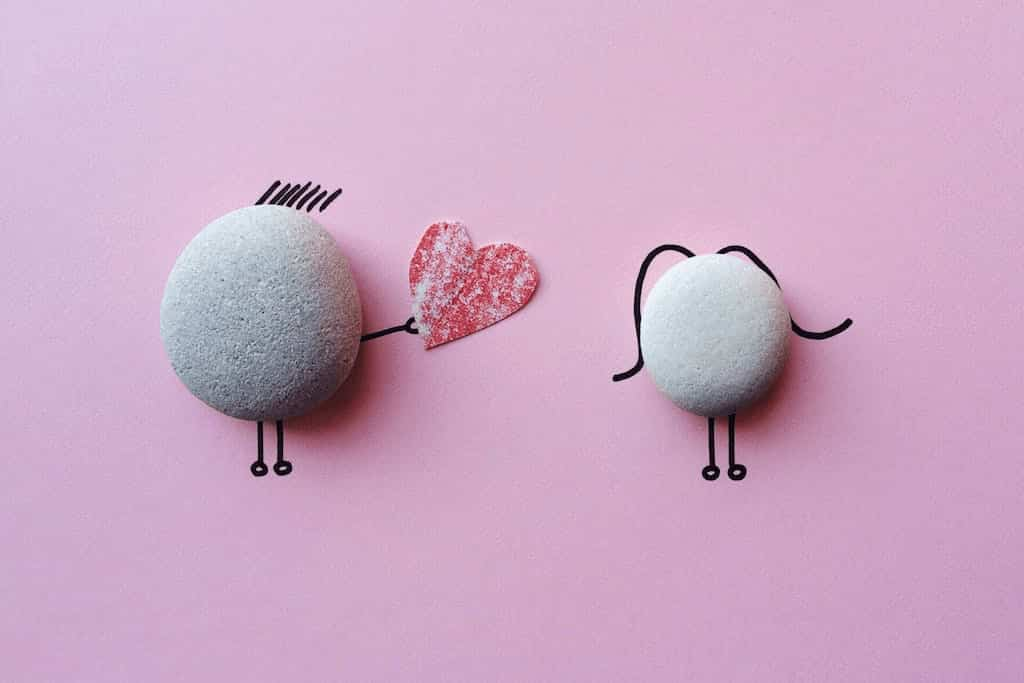
Press PLAY to listen to this post.
A first-of-its-kind FBI report revealed schools are the third most common location of hate crimes in the US. The agency reported more than 4,000 incidents between 2018 and 2022 — more than 60% took place at the preschool through 12th grade level.
The most common hate crimes included intimidation, vandalism, and assault. Black students faced most of the hate crimes at schools, followed by LGBTQIA+ and Jewish students.
How do we make our schools safer for all children? I venture to say it’s all about love and acceptance, resilience and confidence. We can learn all that in yoga.
Here’s how yoga in schools creates positive impact:
1. In-school and after school enrichment. The skills learned in yoga promote better wellbeing for all. We learn to accept ourselves and others which reduces intentional harm. The habits of mindfulness, movement, meditation and mantras help students manage their mindsets — and their actions — manifesting the magic of positivity.
2. Professional development for faculty and staff. Many schools have incorporated mindfulness lessons at school with varying results. The key is consistency and quality content. It’s just too easy for kids to mock some of these practices. Teaching educators the evidence-based exercises in a proven way for children is critical to the success of mindfulness at school.
3. Science + practical application = results. Teaching basic brain-science and the science of happiness is accessible to developing minds. When children understand how to become aware of their feelings, thoughts and actions, they can be responsible and accountable to them as well. Leaders need practical skills to zap negativity and promote optimism.
On Valentine’s Day, it’s easy and fun to share the love by passing candy and cards around the room. It’s not easy to be kind every day.
Typically, we act as a reflection of how we feel. If we want more love and less hate, we need to build that muscle within ourselves. That takes practical skills and practice. Come to yoga, we’ll show you how.
P.S. Learn and teach kids yoga and mindfulness and be a game-changer in your community.
